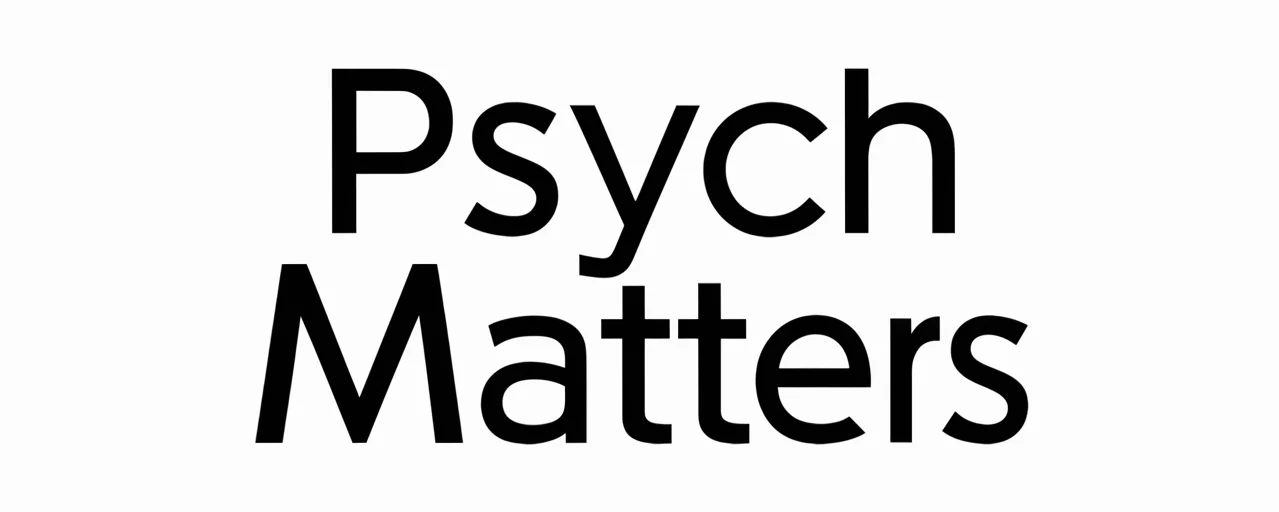Mapping Your Adult Attachment Styles: A Practical Guide
The relationships we form as adults are profoundly influenced by our earliest experiences with caregivers. Attachment theory provides a powerful framework for understanding how these early bonds shape our capacity for intimacy, trust, and emotional connection throughout life. By examining adult attachment styles, we can gain valuable insights into our relationship patterns and work toward healthier, more fulfilling connections.
Your Relationship Blueprint: What Are Adult Attachment Styles?
Adult attachment styles represent consistent patterns of thoughts, feelings, and behaviors in close relationships that stem from our earliest caregiving experiences. Building on the foundational work of John Bowlby and Mary Ainsworth, researchers have identified how childhood attachment patterns manifest in adult friendships, romantic relationships, and emotional bonds.

These attachment styles function as internal working models—mental representations of ourselves and others that guide our expectations and behaviors in relationships. According to research documented in comprehensive studies on adult attachment, these patterns deeply affect relationship satisfaction, emotional intimacy preferences, conflict resolution styles, and dependency patterns.
The significance of adult attachment extends beyond romantic partnerships. These patterns influence:
- How we communicate our needs and emotions
- Our comfort level with emotional intimacy
- Our responses to relationship stress and conflict
- Our ability to provide and receive support
- Our expectations about relationship stability and trust
The Four Attachment Styles Defined
Research has identified four primary adult attachment styles that correspond to childhood attachment patterns but manifest uniquely in adult relationships.
Secure Attachment
Adults with secure attachment maintain a positive view of themselves and others. They demonstrate comfort with intimacy and independence, able to depend on others and allow others to depend on them without excessive worry about rejection or abandonment. As noted in studies on secure attachment and healthy relationships, these individuals tend to experience greater relationship satisfaction and manage emotions effectively.
Characteristics of secure attachment include:
- Effective emotional regulation and communication
- Comfort with emotional expression and closeness
- Balanced approach to autonomy and connection
- Healthy conflict resolution skills
- Trust in relationship stability
Anxious-Preoccupied Attachment
This insecure attachment style is characterized by high anxiety about abandonment and an intense desire for closeness. Individuals with anxious-preoccupied attachment often seek high levels of intimacy and approval from partners but may struggle with fears of rejection.

Dismissive-Avoidant Attachment
Marked by discomfort with intimacy and emotional closeness, dismissive-avoidant individuals often maintain emotional distance in relationships. They typically value independence highly and may struggle with emotional expression and vulnerability.
Fearful-Avoidant Attachment
Also known as disorganized attachment, this style involves conflicting desires for intimacy coupled with fear and distrust of others. Research detailed in attachment pattern studies shows that individuals with fearful-avoidant attachment often experience internal conflict between wanting close relationships and fearing potential hurt.
Anxiety and Avoidance: The Core Dimensions
Modern attachment research conceptualizes adult attachment styles dimensionally along two main axes, as outlined in contemporary attachment research. This dimensional approach provides a more nuanced understanding of attachment patterns.
Attachment-Related Anxiety
This dimension reflects the degree to which individuals worry about abandonment, rejection, or their partner’s availability and responsiveness. High attachment anxiety manifests as:

- Persistent fear of abandonment
- Heightened sensitivity to partner’s moods and behaviors
- Tendency toward relationship anxiety and jealousy
- Difficulty self-soothing during relationship stress
Attachment-Related Avoidance
This dimension measures discomfort with closeness, intimacy, and interdependence. High attachment avoidance is characterized by:
- Discomfort with emotional intimacy
- Preference for self-reliance and independence
- Difficulty expressing emotions and vulnerability
- Tendency to minimize the importance of close relationships
The intersection of these dimensions creates the four attachment styles: secure (low anxiety, low avoidance), anxious-preoccupied (high anxiety, low avoidance), dismissive-avoidant (low anxiety, high avoidance), and fearful-avoidant (high anxiety, high avoidance).
How Early Caregiving Shapes Your Style
Adult attachment styles often stem from the quality of early caregiving experiences, though they can be influenced by later relationships and life events. Understanding this connection helps explain how childhood experiences affect adult relationships.
Origins of Secure Attachment
Secure attachment typically develops from consistent, warm, and responsive caregiving during childhood. When caregivers reliably meet a child’s emotional and physical needs, the child develops trust in relationships and confidence in their own worthiness of love and care.

Development of Insecure Styles
The three insecure adult attachment styles often stem from inconsistent, neglectful, or traumatic early caregiving experiences. Specific patterns include:
- Anxious-Preoccupied: Often results from inconsistent caregiving where attention and responsiveness were unpredictable
- Dismissive-Avoidant: May develop when caregivers are emotionally unavailable, rejecting, or discourage emotional expression
- Fearful-Avoidant: Frequently associated with traumatic experiences, abuse, or severely disrupted early relationships
Research shows that these early experiences create internal working models that influence expectations about relationships, self-worth, and others’ reliability throughout life.
Identify Your Attachment Style Today
Understanding your attachment style requires honest self-reflection about your relationship patterns, emotional responses, and behaviors in close relationships. While professional assessment tools like the Experiences in Close Relationships (ECR) provide the most accurate measurement, you can begin identifying your style through self-observation.

Key Questions for Self-Assessment
Consider these questions about your relationship patterns:
- How do you typically respond when your partner seems distant or unavailable?
- What is your comfort level with emotional intimacy and vulnerability?
- How do you handle conflict and disagreements in relationships?
- What are your fears and concerns about close relationships?
- How do you communicate your needs and emotions to partners?
Behavioral Indicators
Different attachment styles manifest through distinct behavioral patterns:
- Secure: Open communication, balanced need for closeness and independence, effective conflict resolution
- Anxious-Preoccupied: Frequent reassurance-seeking, intense emotional reactions to relationship stress, fear of abandonment
- Dismissive-Avoidant: Emotional withdrawal during conflict, discomfort with partner’s emotional needs, emphasis on self-sufficiency
- Fearful-Avoidant: Push-pull dynamics in relationships, difficulty trusting despite wanting closeness, emotional volatility
Moving Toward Secure Attachment
While attachment styles tend to be relatively stable, research demonstrates that they can change over time through corrective relationship experiences, personal growth, and therapeutic intervention. The goal is developing earned security—the ability to form secure attachments despite insecure early experiences.
Therapeutic Approaches
Various therapeutic interventions integrate attachment concepts to help adults develop more secure relationship patterns. As documented in clinical applications of attachment theory, effective approaches include:
- Emotionally Focused Therapy (EFT): Helps couples identify and change negative interaction patterns
- Individual Psychotherapy: Addresses underlying attachment injuries and develops emotional regulation skills
- Cognitive Therapy: Challenges negative beliefs about self and others formed through early experiences
Self-Directed Growth Strategies
Individuals can work toward greater security through:
- Developing emotional awareness and regulation skills
- Practicing clear, direct communication
- Building self-compassion and self-worth independent of relationships
- Gradually increasing tolerance for vulnerability and intimacy
- Seeking relationships with securely attached individuals
The Role of Corrective Relationships
Secure relationships—whether romantic, friendship, or therapeutic—can provide corrective experiences that gradually shift attachment patterns. These relationships offer consistent responsiveness, emotional safety, and healthy modeling of secure attachment behaviors.
Closing Circle: Strengthening Your Attachment Patterns
Understanding adult attachment styles provides a roadmap for improving relationship satisfaction and emotional well-being. While our early experiences shape our attachment patterns, we retain the capacity for growth and change throughout life. By recognizing our attachment style, understanding its origins, and actively working toward greater security, we can develop healthier, more fulfilling relationships.
The journey toward secure attachment is ongoing, requiring patience, self-compassion, and often professional support. Whether through therapy, conscious relationship choices, or personal development work, the goal remains the same: creating the capacity for authentic intimacy, effective communication, and lasting emotional connection. Remember that attachment styles exist on a continuum, and small steps toward security can create meaningful improvements in relationship quality and personal satisfaction.







